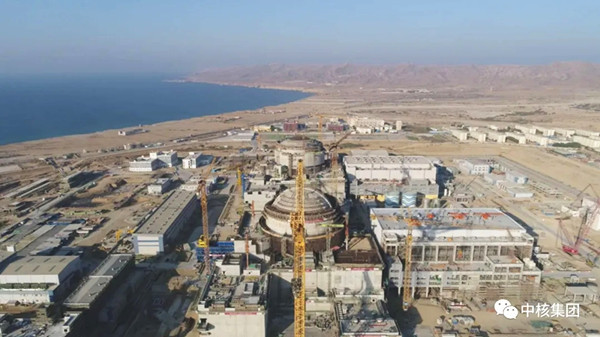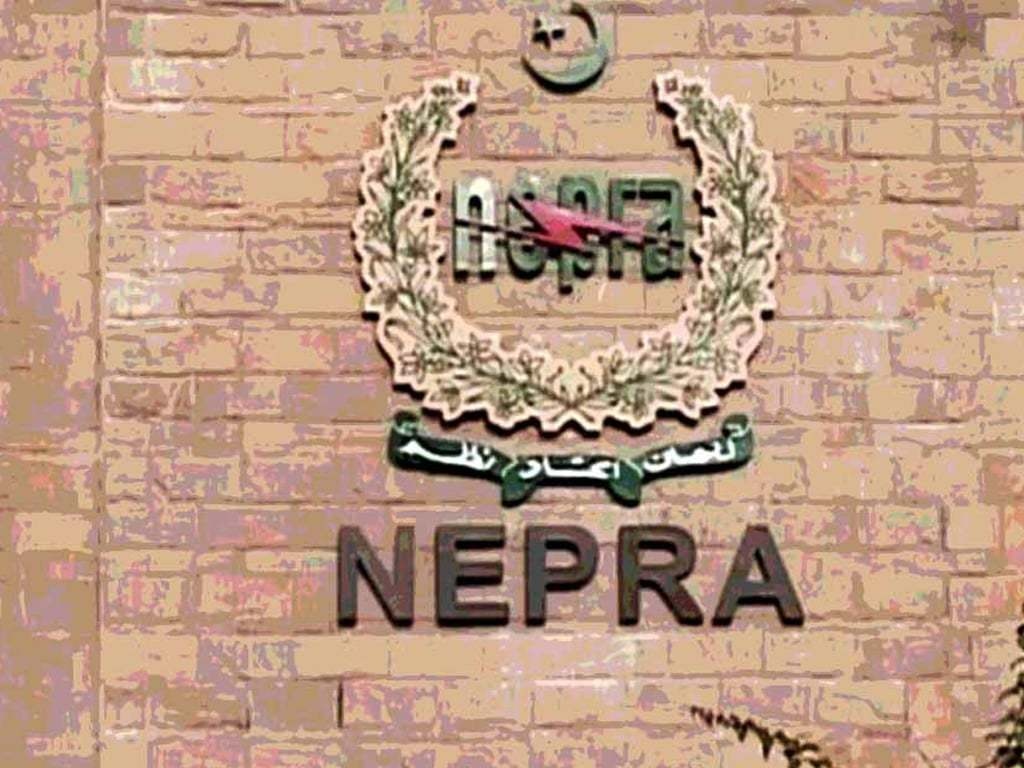ghazi52
PDF THINK TANK: ANALYST

- Joined
- Mar 21, 2007
- Messages
- 101,794
- Reaction score
- 106
- Country
- Location
Progress at Pakistan’s Karachi nuclear power plant
20 April 2020

The outer containment dome of the K2 reactor’s nuclear island of the Karachi nuclear power plant in Pakistan was capped on 10 April. [Photo/CNNC]
China National Nuclear Corporation announced that concreting of the outer dome of the double-layer containment building at Pakistan's Karachi 2 has been completed.
The first two exported Chinese-designed Hualong One reactors being built at the Karachi site are scheduled for commercial operation in 2021 and 2022.
The last layer of concrete for Karachi 2's outer containment dome was poured on 10 April marked the successful capping of the structure.
Experts said the milestone laid a solid foundation for installation and debugging and the reactor's operation.
The completed containment building is now almost 74m high, CNNC said. The 366 tonne outer steel dome - measuring about 53m in diameter and over 23m in height – was placed upon the top of the containment building walls in June 2019. Installation of the reactor internals was completed in January 2019 at Karachi 2 and earlier in April at Karachi 3.
Karachi 2 and 3, which started construction in 2015 and 2016, are the first exports of China's Hualong One design. CNNC is building two units at its Fuqing plant in Fujian province, with grid connection expected this year, and began a unit at Zhangzhou in Fujian last September.
China General Nuclear (CGN) is building two Hualong One reactors at its Fangchenggang site in Guangxi province, also due for grid connection this year, and began construction of another unit at Taipingling in Guangdong in late December. CGN also hopes to use a UK version of its Hualong One design - the HPR1000 - at the UK’s planned Bradwell NPP.
20 April 2020

The outer containment dome of the K2 reactor’s nuclear island of the Karachi nuclear power plant in Pakistan was capped on 10 April. [Photo/CNNC]
China National Nuclear Corporation announced that concreting of the outer dome of the double-layer containment building at Pakistan's Karachi 2 has been completed.
The first two exported Chinese-designed Hualong One reactors being built at the Karachi site are scheduled for commercial operation in 2021 and 2022.
The last layer of concrete for Karachi 2's outer containment dome was poured on 10 April marked the successful capping of the structure.
Experts said the milestone laid a solid foundation for installation and debugging and the reactor's operation.
The completed containment building is now almost 74m high, CNNC said. The 366 tonne outer steel dome - measuring about 53m in diameter and over 23m in height – was placed upon the top of the containment building walls in June 2019. Installation of the reactor internals was completed in January 2019 at Karachi 2 and earlier in April at Karachi 3.
Karachi 2 and 3, which started construction in 2015 and 2016, are the first exports of China's Hualong One design. CNNC is building two units at its Fuqing plant in Fujian province, with grid connection expected this year, and began a unit at Zhangzhou in Fujian last September.
China General Nuclear (CGN) is building two Hualong One reactors at its Fangchenggang site in Guangxi province, also due for grid connection this year, and began construction of another unit at Taipingling in Guangdong in late December. CGN also hopes to use a UK version of its Hualong One design - the HPR1000 - at the UK’s planned Bradwell NPP.






